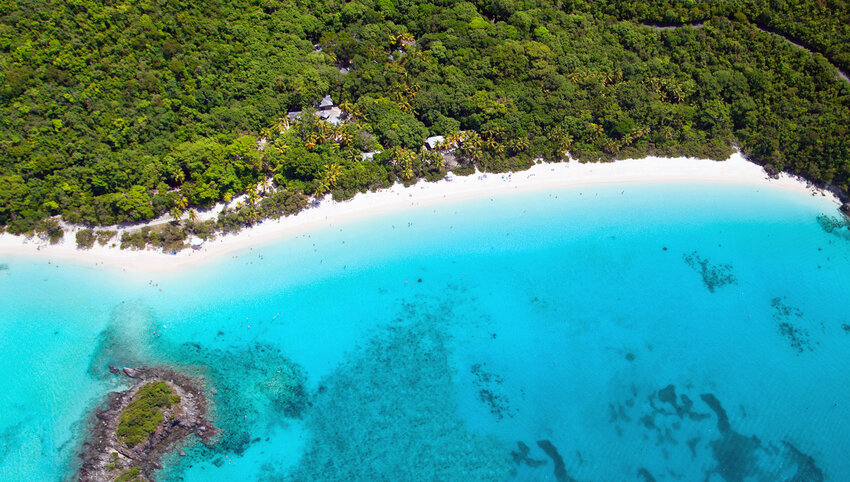From sparkling turquoise beaches to decadent seafood, the U.S. Virgin Islands are a Caribbean paradise, and are primarily composed of three main islands — Saint Croix, Saint John, and Saint Thomas — and 50 smaller islets and cays.
Along with Puerto Rico, Guam, American Samoa, and the Northern Mariana Islands, the U.S. Virgin Islands are one of the five main territories under U.S. jurisdiction, meaning this tropical paradise is easy to reach and enjoy. So set your sights for the Caribbean and leave the continental U.S. behind, because here’s a first-timer’s guide to the U.S. Virgin Islands.
Trunk Bay
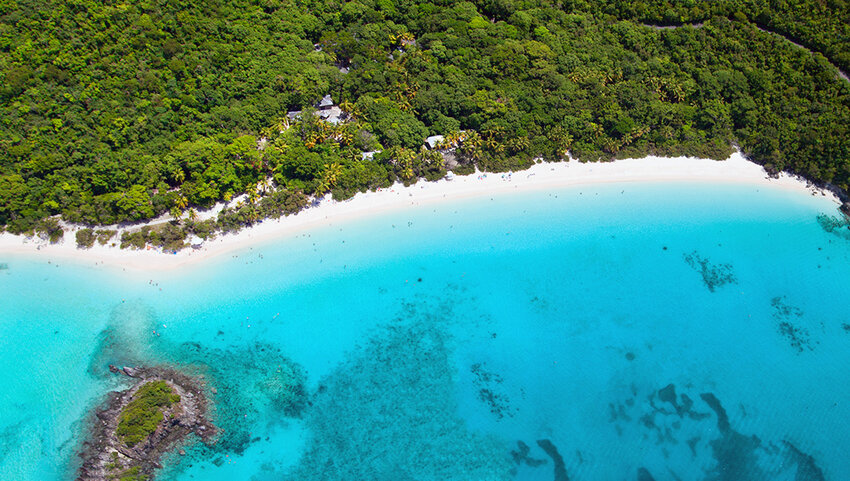
Located on the northern shores of St. John, Trunk Bay is the most visited beach in the U.S. Virgin Islands, and for good reason. Trunk Bay packs a lot of punch in its 0.3 miles of sandy beaches, which line stunning turquoise waters. This beach perfectly encapsulates the relaxing Caribbean lifestyle that so many tourists crave, offering both sun-drenched and shady locations to set up beach chairs. While countless visitors flock to this beach, which in turn makes parking hard to come by, a fleet of open-air taxis can help you bypass the crowds. While laying down and basking in the sun’s rays may appeal to some, other more adventurous types can set out along Trunk Bay’s 650-foot snorkeling trail. Suitable for both pros and amateurs alike, this self-guided trail even features underwater plaques offering up fascinating information about the many fish, crabs, stingrays and other wildlife that call these coral reefs home.
Virgin Islands National Park
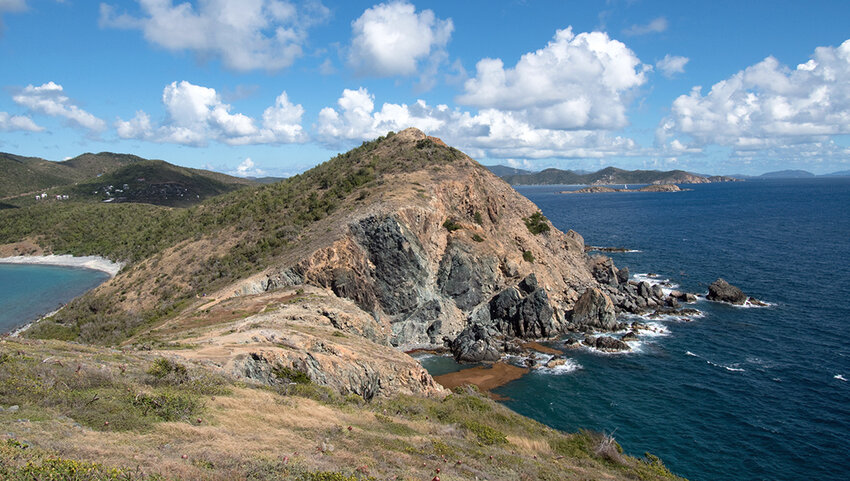
There’s no better way to start your trip to the U.S. Virgin Islands than by experiencing its natural beauty, which can be enjoyed at Virgin Islands National Park. Established in 1956 and encompassing 14,689 acres, this protected expanse covers around 60% of the total area of the island of St. John. Furthermore, the park extends offshore into the sea, with around 40% of the park located underwater.
If you’ve got an adventurous spirit, you can dive beneath the waves and swim among the coral reefs on scenic snorkeling trails such as the one at Turtle Bay and explore over 50 diverse species of native coral. The park is also home to hundreds of species of birds, fish, and plants, as well as the only mammal native to the U.S. Virgin Islands: the bat, of which there are six different local species including one that consumes fish. In addition to water-based activities, the park offers majestic hiking trails that provide a fascinating look at the storied and complicated heritage of the islands. Many of these trails wind through centuries-old ruins from Danish sugar plantations, and you can even find ancient rock carvings from the time of the Arawak Indians.
Coral World Ocean Park
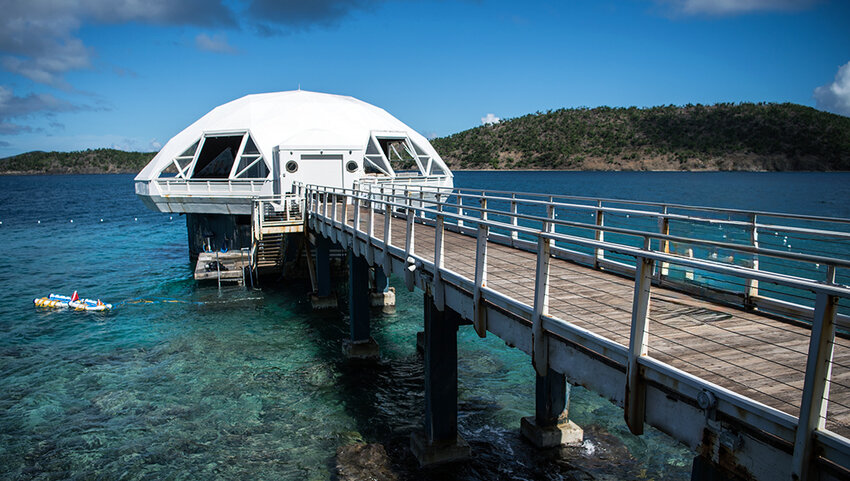
One of the most unique attractions anywhere in the Virgin Islands is Coral World Ocean Park, located on the island of St. Thomas. This educational experience allows visitors to get up close and personal with stingrays and other regional marine life. In fact, you can even take a dip into the water alongside dolphins and seals. But the most unique feature of Coral World Ocean Park is undoubtedly its observatory, which descends three stories downward and takes visitors 15 feet under the waves. The panoramic views of this institution allow you to gaze out upon the coral and marine life as if you were in an aquarium, and witness animals thriving in their natural habitat.
Buck Island Reef National Monument
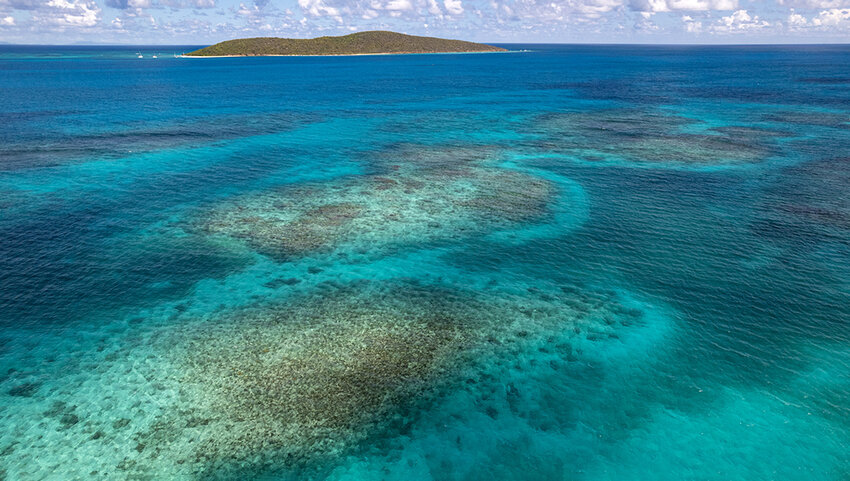
Located a mile and a half north of St. Croix, the Buck Island Reef National Monument is an uninhabited gem within the larger U.S. Virgin Islands. While Buck Island may look like any other island to the naked eye, its coral barrier reef is one of the most well preserved reefs in the area, and has been protected since 1948. The monument as we know it today was established by presidential proclamation in 1961, to maintain “one of the finest marine gardens in the Caribbean Sea.” This stunning reef, as well as the island’s sandy shores, are home to endangered species of hawksbill turtles and brown pelicans. In fact, while sea turtle populations have declined by 95% in most places, the turtle population here on Buck Island has seen a staggering resurgence, making it one of the best places to lay eyes upon these amazing creatures. Buck Island can only be reached by boat, but several National Park Service concessionaires offer trips to the island on a regular basis.
St. Croix Heritage Trail
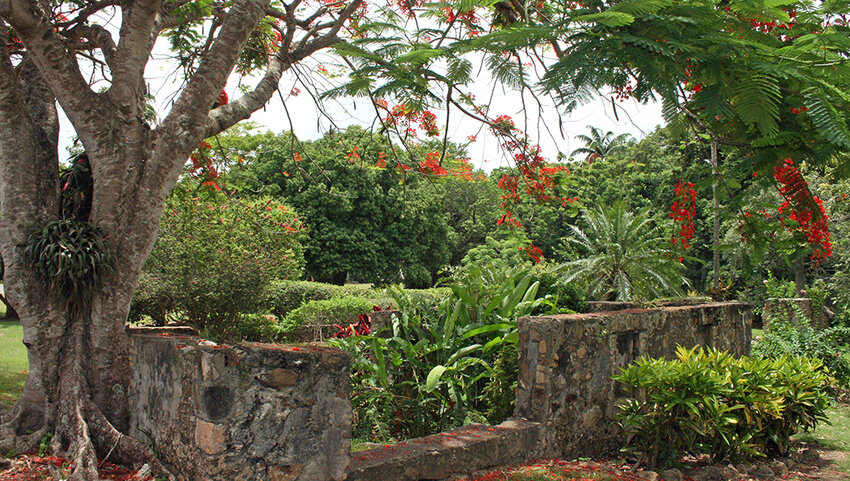
For all of its pristine natural beauty, the cultural heritage of the U.S. Virgin Islands is complex, and can be learned about in great detail along the 28-mile-long St. Croix Heritage Trail. Explore historic settlements like Christiansted, which features striking yellow buildings such as Fort Christiansvaern that were built by the Danish beginning in the year 1733. But for as beautiful as these historic structures are, they’re also a reminder of the colonialism and slave trade that dominated the Virgin Islands throughout centuries of Danish rule. Visitors can learn more at sites including the Estate Whim Plantation Museum, which chronicles this dark history.
The heritage trail is also home to the beautiful St. George Village Botanical Gardens, which are dedicated to preserving the island’s native plant species and educating visitors about the region’s botanical legacy. And perhaps no trip along the heritage trail is complete without a stop at the Cruzan Rum Distillery, which produces a spirit that’s long been critical to the island economy. Here, guests are told “don’t hurry,” as they’re encouraged to relax and sip on rum cocktails produced by this historic distillery.

